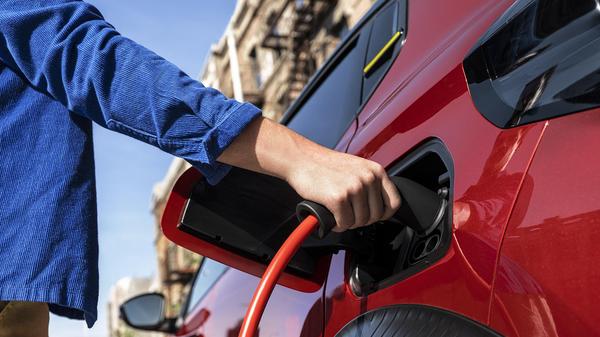News
Cost of motoring in 2025
We crunch the data to see how much buying and running a new or used car will be in the coming year
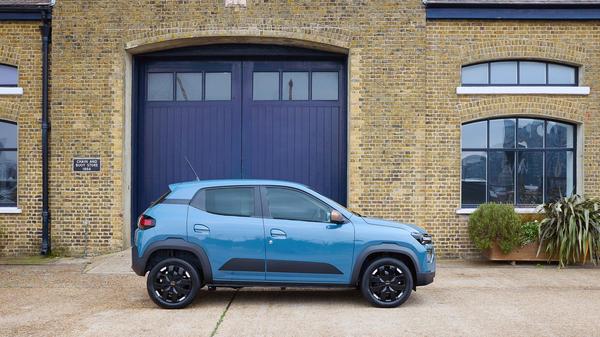

Words by: Erin Baker
Published on 10 January 2025 | 0 min read
How much is it going to cost you to own and run a car this year? Is 2025 the year to go electric? Will it cost more to drive under a Labour government? We look at the forecasts for the road ahead.
Price of used cars
Used car prices are expected to remain strong this year on the basis consumer demand is forecast to stay high, so if you’re holding off in the hope of tumbling prices as we edge into spring … don’t bother. Despite the political instability of new government and a challenging economic backdrop, used-car demand remained extremely resilient in 2024, which was reflected in the 971m visits to Auto Trader over the course of the year, up 74m on 2023.
To expand on that, last December the average price of a used car was £16,649, down 0.6 per cent month-on-month versus November, according to the Auto Trader Retail Price Index (RPI), which assesses over 800,000 daily pricing observations from across the whole retail market. The average price of a used petrol car was £14,782, while diesels were down 4.1 per cent year on year, at £14,087. For those thinking about going electric, the average used electric vehicle (EV) was priced 10.6 per cent lower year on year, at £26,139. The predicted 2025 growth means the market will be within just three per cent of pre-pandemic volumes.
To expand on that, last December the average price of a used car was £16,649, down 0.6 per cent month-on-month versus November, according to the Auto Trader Retail Price Index (RPI), which assesses over 800,000 daily pricing observations from across the whole retail market. The average price of a used petrol car was £14,782, while diesels were down 4.1 per cent year on year, at £14,087. For those thinking about going electric, the average used electric vehicle (EV) was priced 10.6 per cent lower year on year, at £26,139. The predicted 2025 growth means the market will be within just three per cent of pre-pandemic volumes.
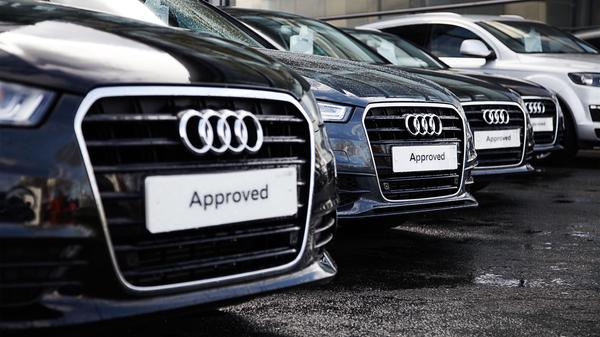
Price of new cars
As for new cars one thing we can be certain of is there will be fewer new petrol or diesel cars to buy in 2025. In fact, 2024 marked peak combustion engine. From now on, fewer new petrol or diesel cars will be sold every year as we transition to electric in the face of Government legislation, and car manufacturers limit sales of petrol and diesel cars to hit percentage targets of new-car sales which must be pure electric.
As of 1 January 2025, there were 29 brand-new EV models on sale with an RRP of less than £30K. This is up from just nine in January 2024. Furthermore, you can expect to see discounts continue on the price of a brand-new electric car, although last month’s average discount of 12 per cent off the price of a new EV is not sustainable for manufacturers seeking any sort of profit margin, so any future bargains are unlikely to be that big. Those discounts, however, may mean that, for some models, it is cheaper to buy a brand-new EV than a one- to two-year-old version which was never discounted when new. So, don’t assume used is cheaper than new. It does still ring true for EVs that are three years old or more, though. In this sector we are seeing price parity between electric and petrol or, in some cases, the electric version coming in cheaper than the petrol one, thanks to rapid depreciation. So, make sure you compare new with one-year-old and three-year-old used examples on pricing. For example, the average price of a three-year-old electric Peugeot e-208 was £14,221, just £444 more than a three-year-old petrol Peugeot 208. Similarly, the average cost of as three-year-old Jaguar I-Pace in December was £25,067 - £383 cheaper than a diesel E-Pace.
As of 1 January 2025, there were 29 brand-new EV models on sale with an RRP of less than £30K. This is up from just nine in January 2024. Furthermore, you can expect to see discounts continue on the price of a brand-new electric car, although last month’s average discount of 12 per cent off the price of a new EV is not sustainable for manufacturers seeking any sort of profit margin, so any future bargains are unlikely to be that big. Those discounts, however, may mean that, for some models, it is cheaper to buy a brand-new EV than a one- to two-year-old version which was never discounted when new. So, don’t assume used is cheaper than new. It does still ring true for EVs that are three years old or more, though. In this sector we are seeing price parity between electric and petrol or, in some cases, the electric version coming in cheaper than the petrol one, thanks to rapid depreciation. So, make sure you compare new with one-year-old and three-year-old used examples on pricing. For example, the average price of a three-year-old electric Peugeot e-208 was £14,221, just £444 more than a three-year-old petrol Peugeot 208. Similarly, the average cost of as three-year-old Jaguar I-Pace in December was £25,067 - £383 cheaper than a diesel E-Pace.
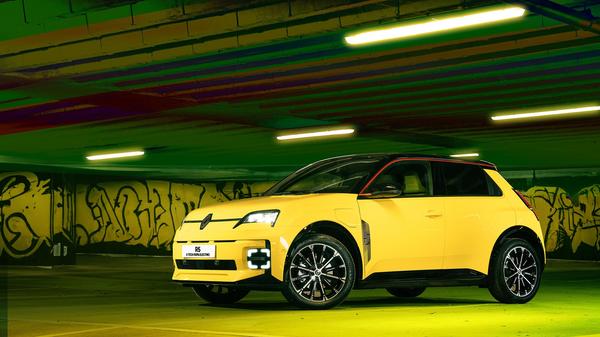
VED, aka ‘road tax’
The big change for 2025 is that electric cars are no longer exempt from Vehicle Excise Duty (VED) or, as it’s more commonly known, ‘road tax’. New EVs will pay a first-year rate of £10, then the standard annual rate of £195 from the second year onwards. Those who already own an electric vehicle will also be hit by a charge. EVs registered between April 1 2017 and March 3 2025 will also pay the standard yearly rate (£195), starting from their next tax renewal after April 2025. Older electric cars (those registered between March 2001 and March 2017) will move into Band B, meaning they pay £20 per year in VED.
Hybrid owners will feel the pain, in a sign that the Government is intent on making everyone go pure electric, with £100 lumped on the car’s first year of driving. Hybrids with CO2 emissions between 1-50g/km will see their first-year VED increase to £110 (from £10), and those between 51-75g/km will increase to £130 (from £30). However, it is petrol and diesel drivers, particularly of gas-guzzling cars with big engines and high-performance capability, which will be hit hardest, with VED annual rates doubling. A car emitting 151-170g/km of CO2, for instance, will now attract £1,360 in first-year VED. It was previously £680. Owners of supercars will pay thousands in road tax every year.
Hybrid owners will feel the pain, in a sign that the Government is intent on making everyone go pure electric, with £100 lumped on the car’s first year of driving. Hybrids with CO2 emissions between 1-50g/km will see their first-year VED increase to £110 (from £10), and those between 51-75g/km will increase to £130 (from £30). However, it is petrol and diesel drivers, particularly of gas-guzzling cars with big engines and high-performance capability, which will be hit hardest, with VED annual rates doubling. A car emitting 151-170g/km of CO2, for instance, will now attract £1,360 in first-year VED. It was previously £680. Owners of supercars will pay thousands in road tax every year.
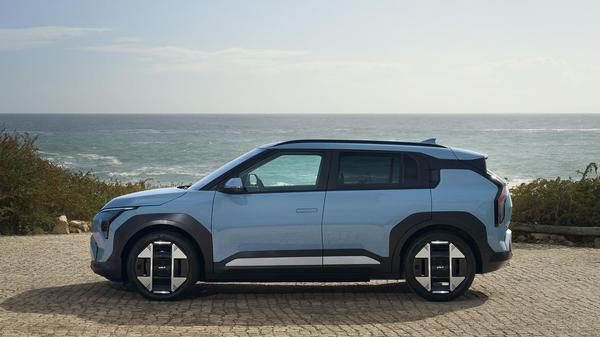
Cost of going electric
The good news is that 2025 is the year a flood of new electric cars costing less than £25,000 new hits the market. We’ve got the Dacia Spring, Renault 5 E-Tech, VW ID.2all, Citroën ë-C3 and Leapmotor 03, to name a few. As for used, according to Auto Trader’s data, one in three used EVs are priced under £20,000, which is a 25 per cent increase on 2023 - you see the direction of travel.
The bad news is that, thanks to the Government, the Expensive Car Supplement, which is currently £355, now applies to EVs priced over £40,000, as an additional tax that’s payable every year for the first six years of the car’s life. Even if you buy it used if it’s less than six years old, you’ll have to pay it for whatever remains. More charging points are being installed every week - we are now at over 70,000 in the UK, but it remains to be seen whether the Government is willing to reduce the VAT on public energy which is the way to bring down the price of public charging. If you have a driveway and can charge at home, you stand to save up to £750 a year in home charging compared with the cost of covering the same mileage in a petrol car. As for the possible introduction of pay-per-mile taxation to fill the Treasury income gap left by the reduction in fuel duty revenues from fewer fossil-fuelled cars on our roads, nothing has been announced for 2025, but watch this space. As it stands fuel duty is a huge earner for every Government and the gap will have to be filled by the motorist in some fashion.
The bad news is that, thanks to the Government, the Expensive Car Supplement, which is currently £355, now applies to EVs priced over £40,000, as an additional tax that’s payable every year for the first six years of the car’s life. Even if you buy it used if it’s less than six years old, you’ll have to pay it for whatever remains. More charging points are being installed every week - we are now at over 70,000 in the UK, but it remains to be seen whether the Government is willing to reduce the VAT on public energy which is the way to bring down the price of public charging. If you have a driveway and can charge at home, you stand to save up to £750 a year in home charging compared with the cost of covering the same mileage in a petrol car. As for the possible introduction of pay-per-mile taxation to fill the Treasury income gap left by the reduction in fuel duty revenues from fewer fossil-fuelled cars on our roads, nothing has been announced for 2025, but watch this space. As it stands fuel duty is a huge earner for every Government and the gap will have to be filled by the motorist in some fashion.
